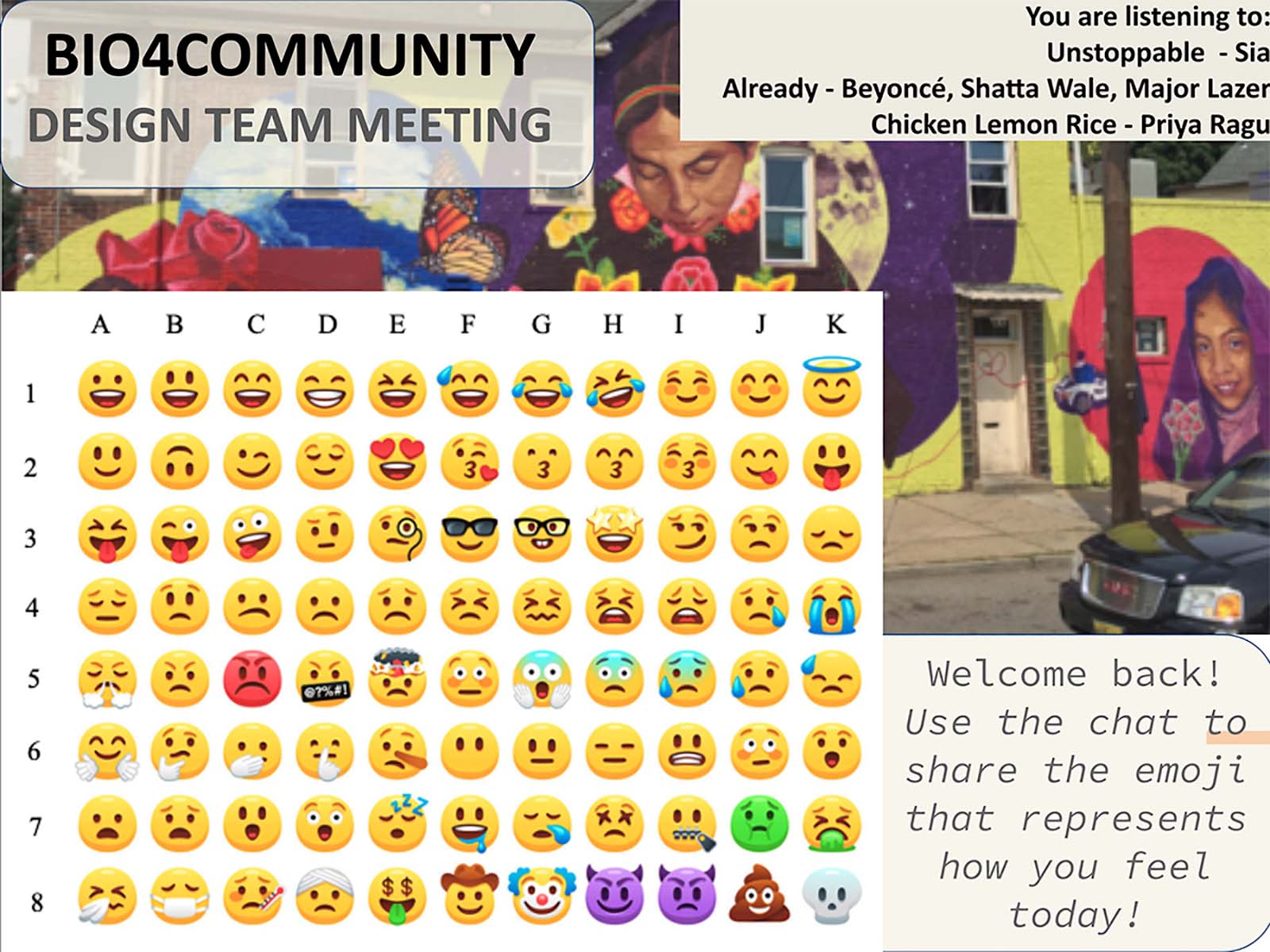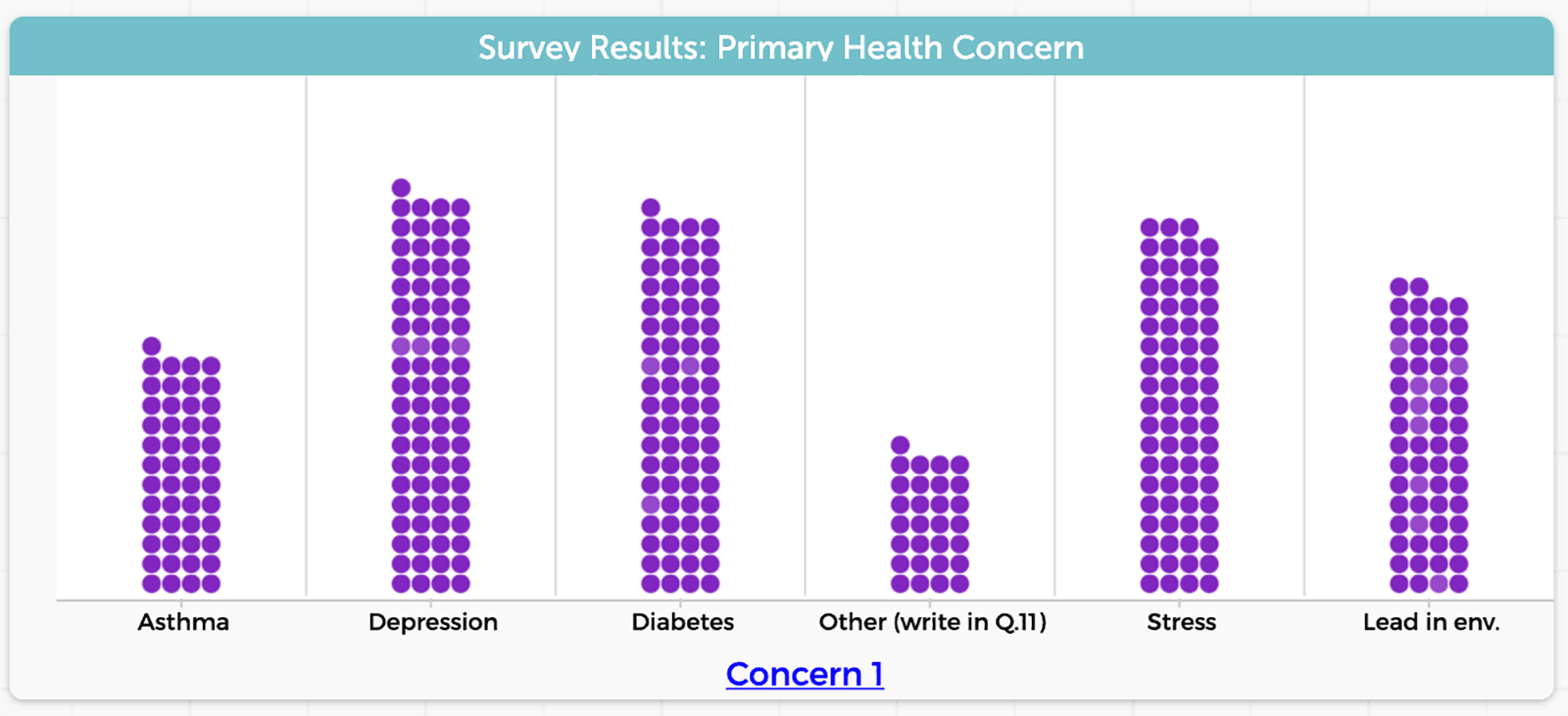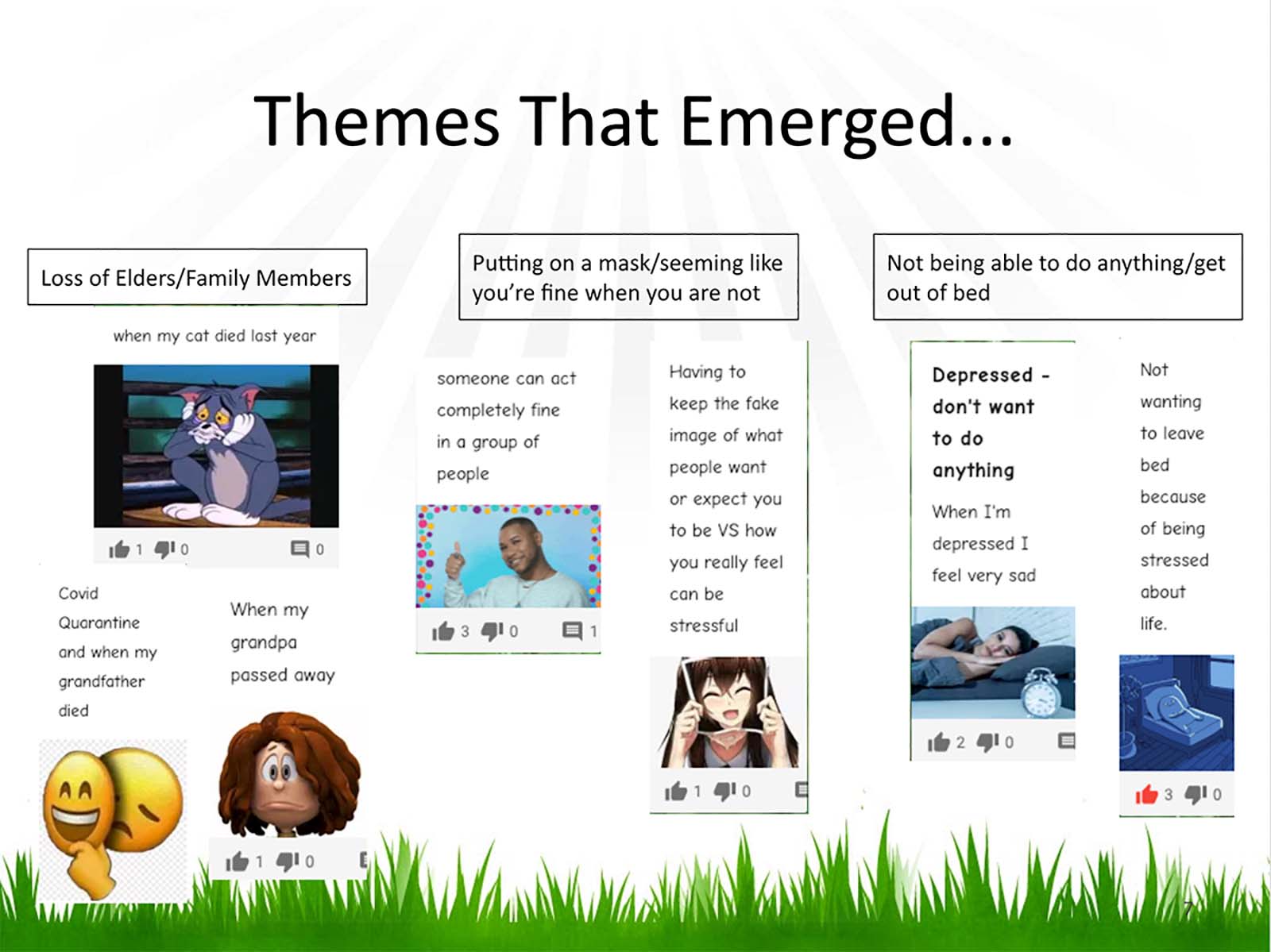Partnering with Seventh Graders to Design a Community-based Life Science Curriculum Unit
Reform efforts in science education frequently focus on increasing diversity and promoting access to canonical science understandings and practices. However, central to the need for these equity efforts is the widespread, systemic unfairness that permeates our society, including in the nation’s classrooms. Historically, science class, like science in general, has not been effective in welcoming the viewpoints and cultures of minoritized students, who as a result often do not see themselves as belonging in science, even when they perform well on standardized science tests. As a result, people of color remain severely underrepresented in higher level science courses and science fields. The Bio4Community project’s new curriculum approaches and pedagogies hope to disrupt this pattern.
Research on supporting minoritized youths’ identity development in science points to the need to design curriculum that centers youths’ lives in their communities as integral to their science learning. Such youth-centered curriculum should focus on how youth experience and embody science in their everyday lives and how those experiences align to rigorous science standards, such as the Next Generation Science Standards (NGSS). Understanding how the teaching and learning of science can foster youths’ agency in using science knowledge and practices to make their lives better is as important as students’ successful performance on typical measures of school science success.
The Bio4Community project, funded by the National Science Foundation, is a partnership between researchers from Rutgers University and the University of North Carolina at Greensboro and curriculum design and technology experts at the Concord Consortium. We are collaborating with middle school youth and science teachers from two predominantly Latinx middle schools in New Brunswick, New Jersey, to design a curricular unit in life science. Our goal is to support student achievement while intentionally making space for them to belong in science. The unit will help students achieve mastery towards NGSS practices, crosscutting concepts, and disciplinary core ideas in life science, and enable students to use science to address health concerns that affect their lives and the lives of people in their community.
Curriculum co-development
In building the project’s Design Team, we included students with a shared concern for health issues and their community, rather than selecting students on measures of academic merit. Two teachers from two New Brunswick middle schools recruited eight 7th grade students to participate. From spring through early summer 2021 we met bimonthly over Zoom to identify a relevant health concern in the community. We will continue to meet throughout the fall.
Given the potential power dynamics between adult researchers and young students, we worked to create a trusting and collaborative environment. We tried several different interactive media, looking for one in which the young people were comfortable sharing their thinking about health with us. We adopted Discord, a popular place for young people to hang out online and share voice, video, and text. So in addition to Zoom for real-time meetings, we use Discord to post announcements and foster informal discussions. We also use Padlet, an online bulletin board where we select from relevant images, paste our own images, and use text to make comments or explain ideas. Finally, we welcome everyone to each Zoom meeting with music from a playlist that includes their contributions, and we use an emoji chart to check in at the beginning and end of each session (Figure 1).

Community health survey
The Design Team collaboratively created an online survey for New Brunswick students, faculty, parents, and community members about a variety of health topics. After pilot testing many of the survey questions in students’ classes, we revised the survey together, and shared it with the two school communities in both English and Spanish. We received 488 responses and used our Common Online Data Analysis Platform (CODAP) to analyze the results and identify prominent health concerns.
The results indicated five primary community health issues, including asthma, depression, diabetes, stress, lead in the environment, as well as other issues (Figure 2). We noted that stress and depression might be connected, so we chose to focus on those two issues. Using Padlet, the Design Team then organized ideas, images, and comments about these health concerns (Figure 3). Not surprisingly, the loss of family members, including to COVID, came up, as did issues related to the pandemic-induced quarantine. We also viewed and discussed short videos related to challenges in the community, such as poverty and health disparities. These activities serve as background for our current work to convene a group of New Brunswick community experts on health and community challenges as we turn our focus to designing a classroom curriculum on the science related to these issues.

The biology of stress
Together with participating teachers and students, we will co-design a curriculum unit that addresses stress in relation to several aspects of two NGSS disciplinary core ideas: LS1 From Molecules to Organisms: Structures and Processes and LS3 Heredity: Inheritance and Variation in Traits. The five-week unit will include the biological mechanisms of stress with a focus on long-term or chronic stressors and their effects. It will address a number of questions: How does stress affect human physiological function? Do youth react differently than older people to stress? How does a response that is beneficial in the short run become unhealthy over time, and what types of health problems result?
One way to bolster the ability of minoritized students to create an authentic identity in science is to ensure they have opportunities to engage in rigorous scientific investigations on issues that matter to them and their communities. Project software and curricular materials will support student investigation of the biological basis of environmental (social and physical) stressors as causes of chronic stress. Students will explore the presence or absence of environmental stressors, for example, racism and the lack of availability of healthy food. Students will also design real-world solutions addressing problems they identify, either via engineered technology (e.g., meditation booths in school) or social policy (e.g., making recommendations to the school regarding homework or recess policies that can reduce student stress).

Next steps
Creating science curricula that foster positive science identities for minoritized students is essential to encourage underrepresented groups to enter the sciences. We hypothesize that the experience of investigating relevant local problems will help students see the power of science in benefitting their communities and see themselves as able to use science knowledge and practices for social good.
Frieda Reichsman (freichsman@concord.org) is a senior research scientist.
Sarah Haavind (shaavind@concord.org) is a senior research project manager.
This material is based upon work supported by the National Science Foundation under grant DRL-200515. Any opinions, findings, and conclusions or recommendations expressed in this material are those of the author(s) and do not necessarily reflect the views of the National Science Foundation.

